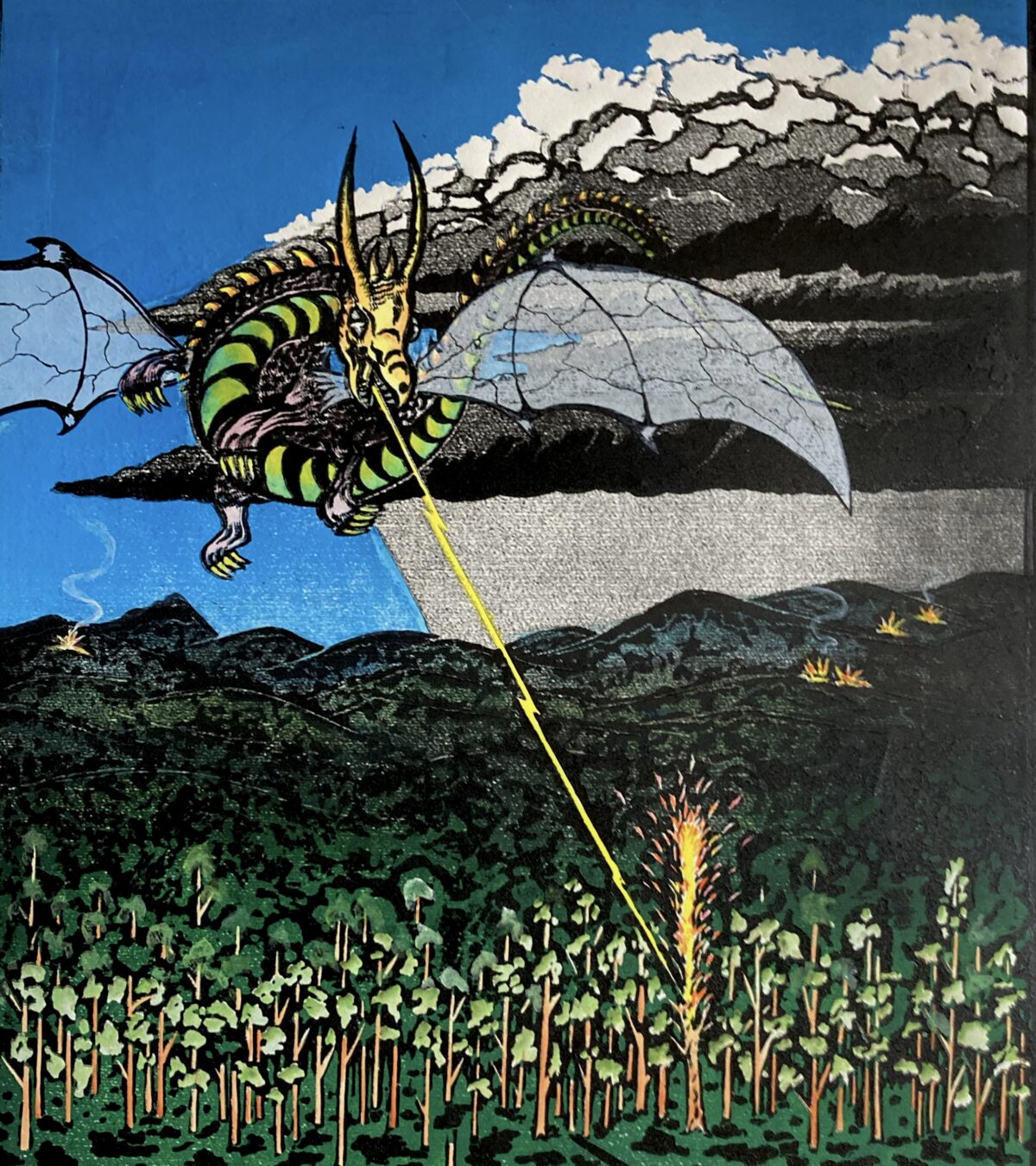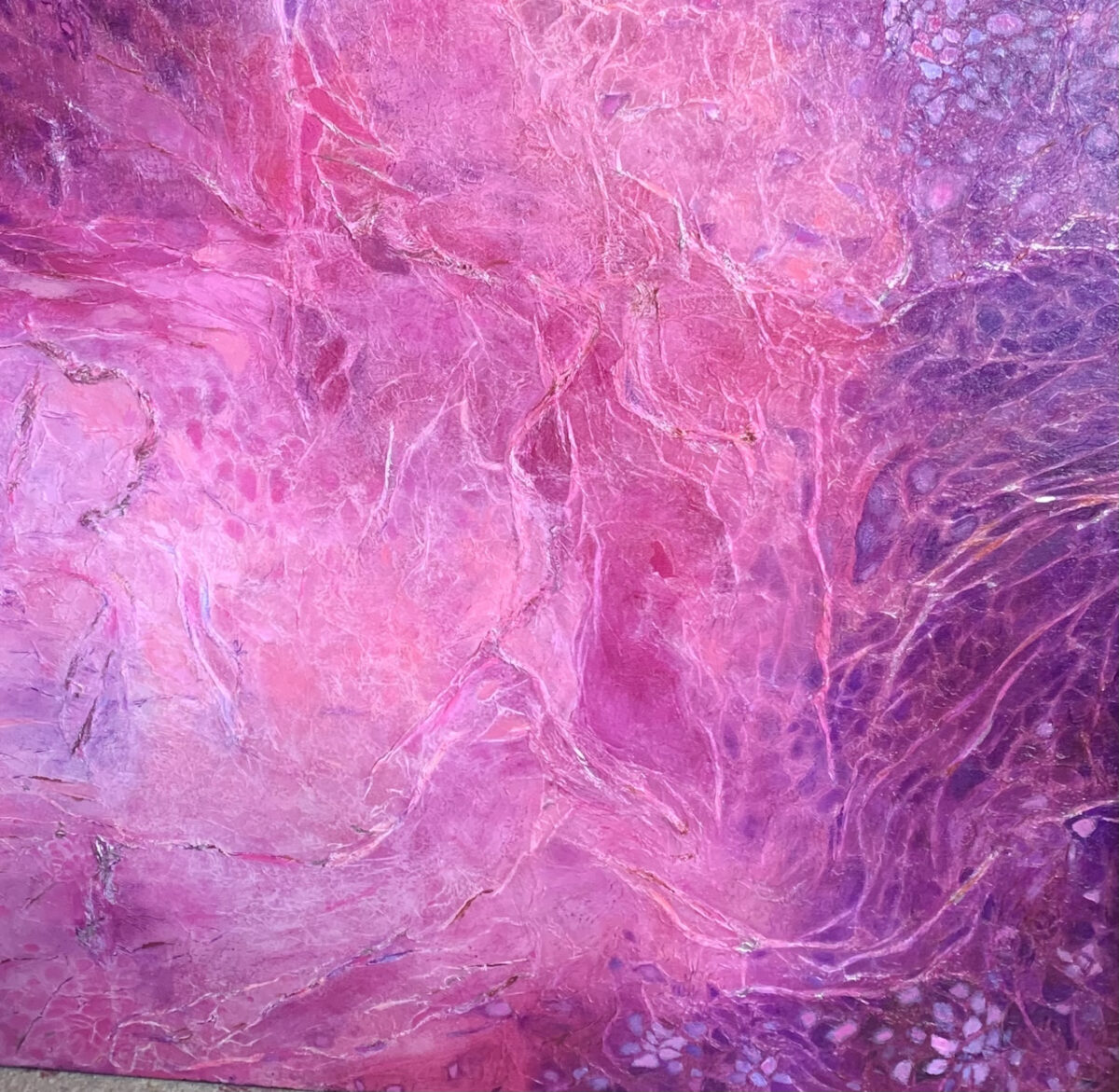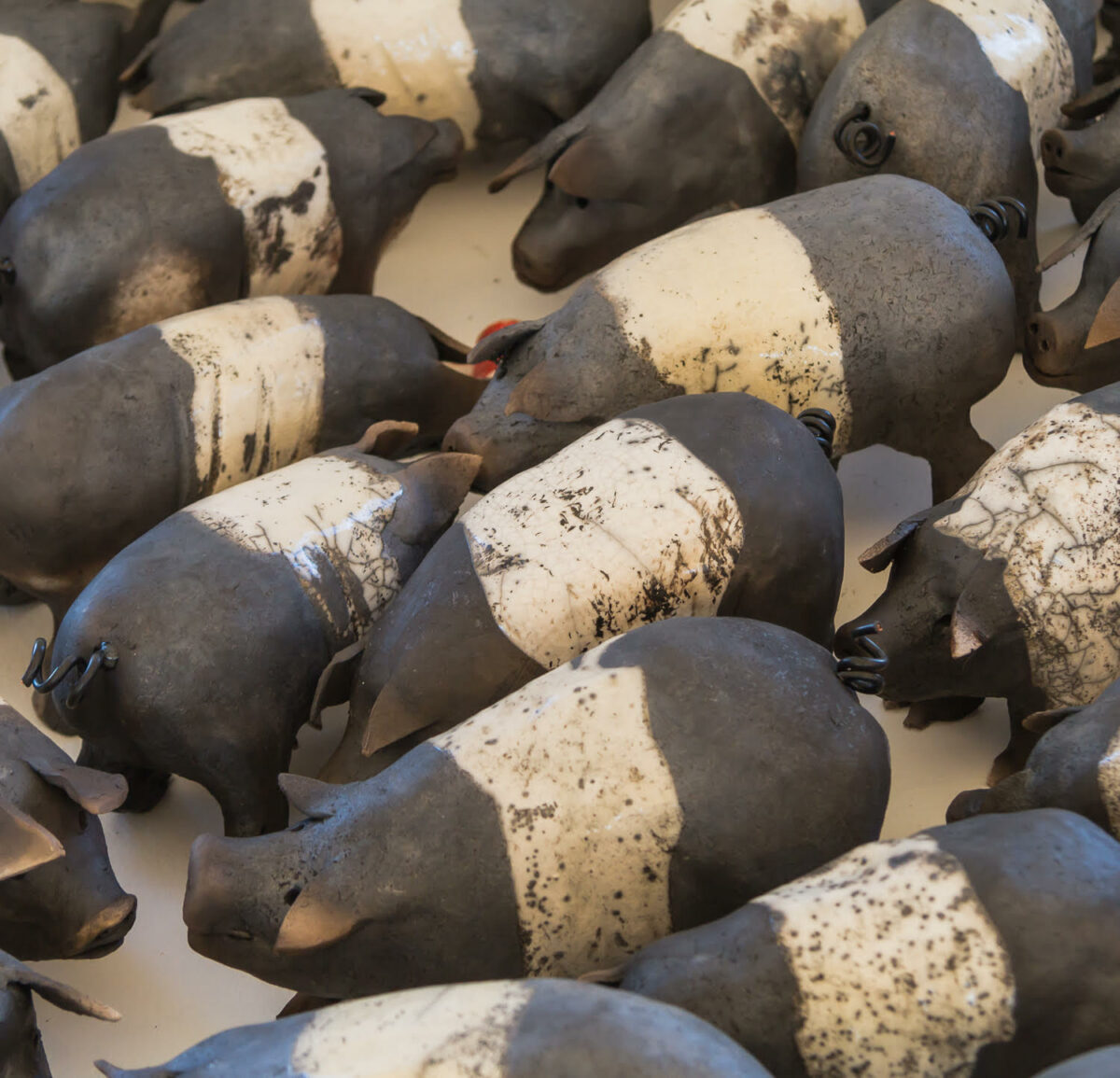Rachael Tanner
Friday 26 May – Saturday 3 June 2023
Daily Opening Times :
MONDAY-FRIDAY 10 AM – 4 PM
SATURDAY 10 AM – 3 PM
SUNDAY CLOSED
This art project considers transformations in the natural history museum and how we focus on the cultural meaning of a specimen as it is photographically reproduced and transformed through interdisciplinary approaches to meaning making.
The artwork will speak in diverse and emotive ways to those interested in natural history, ecology, technology, collections, ethnography.
Rachael works occurs across divergent theoretical and practical disciplines; museological studies, visual arts, and yoga. These divergent modes of philosophical thought peel the layers of consciousness on multiple tiers. Primarily her work as an artist deals with oil paintings, digitisation and remediation techniques. Her arts practice is grounded through embodied physical and metaphysical explorations of the human or post human experience, and in this particular exhibition, through the lens of natural history specimen. Her work results in a rich visual inquiry. Her creative process ebbs and flows into various undulations which are responds to ecological and ethnographic anthropologies. Much of her installations and digital remediations express the cyclical nature of life, the sacred, and ephemeral, resulting in a transformative experience which unfurls over time and on differing planes.
My work is museological, and therefore looks at the way we can use visual material to communicate cultural, social, anthropological ideas to engage audiences into a deeper relationship to themselves, their community, their’ environment and connection to earth. Ultimately, the practice is an exploration of the human – earth relationship which looks at how we can express connection to the sacred and ephemeral of our biological and ecological heritage beyond the illusion of separation developed through the construction of the system. The collaboration between specimen, digitisation, and visual arts explores the subject of conservation and preservation of the natural world within an ideal that encourages symbiosis and reciprocity with earth.
Her work leads you into geometric blossoming, looking beyond the veil of form and separation, and towards meditation, co-creation, foundation. Rachael is working with content from the Tasmanian Museum and Art Gallery Lepidoptera (moth) collection, and draws upon the mystic and symbolic meanings of the moth/butterfly to inspire her work.
There is an extensive amount of opportunity in the visual exploration of digital materials as I use the scientific visual data to shift traditional knowledge paradigms on empirical documentation strategies. I am interested in how we are creating and documenting knowledge in the museum through digital and analogue mediations. This project suggests the need for museums to shift the current knowledge paradigm and documentation schema that is based on an empiric scientific epistemology, towards producing photographic reproductions which facilitate diverse interpretive, and emotive encounters with specimen research. By this means the museum could return the agency to the specimen and thereby create a construction of natural heritage that is based on reciprocity with nature, co-creation, and aura enriched experience. The aesthetics and
expression of scientific visualisation and communication is an important tool in developing a cultural memory bank which fosters environmental reciprocity and cultural change in our ecological conservation practices. To implement this shift into a new, and more productive paradigm of knowledge construction, the museum needs to consider how digital visual materials are communicating; the semiotics, rhetoric, and indexical style of the image as integral to forming cultural meaning, memory, and value. Working within the nexus of arts and science is an exciting position as it allows for breadth and depth of creative capacity.
Engaging with the specimen as their placed under the lens of the camera, what is experienced is a unique, tangible discovery of its aura, a mythical and enchanting nature. The work attempts to participate with the mystical and ephemeral qualities of the natural and human world which relate to ancestral wisdoms. Her work encourages a reflection of the digital visual materials as being a contemporary tool for creating new knowledge paradigms through encounters within a reality that mediates the ultimately mysterious nature of our ecological and biodiverse world heritage, that too resides within the human being and community.
Ultimately the art works aim to facilitate a deepening cultural relationship and shared sense of responsibility towards conserving the mystical, ancestral wisdoms that reside within the human beings deep psyche and inner knowing. It is about creating a reciprocal human-environment connection in a way which flows cyclically, similarly to the laws of yoga, union, our oceans, rivers, streams, winds, and life on earth.















